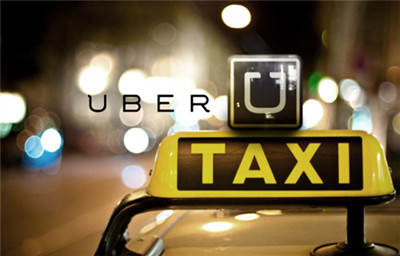Free exchange

Uber is sticking with surge pricing for now, but Jeff Schneider, one of its machine-learning experts, recently suggested that the company is interested in developing systems that rely on technology, rather than price, to allocate cars. Even if such a technological fix proves elusive, however, local governments do not need to regulate or ban surge pricing to reduce its sting.
譯文屬譯生譯世











